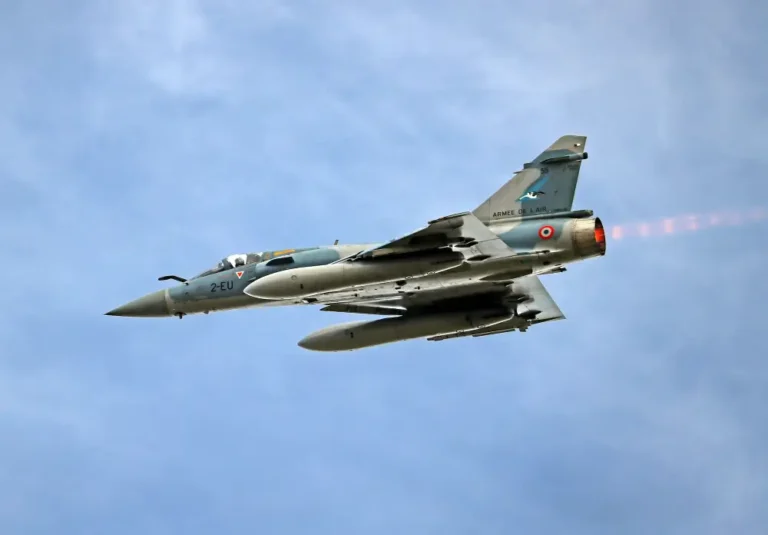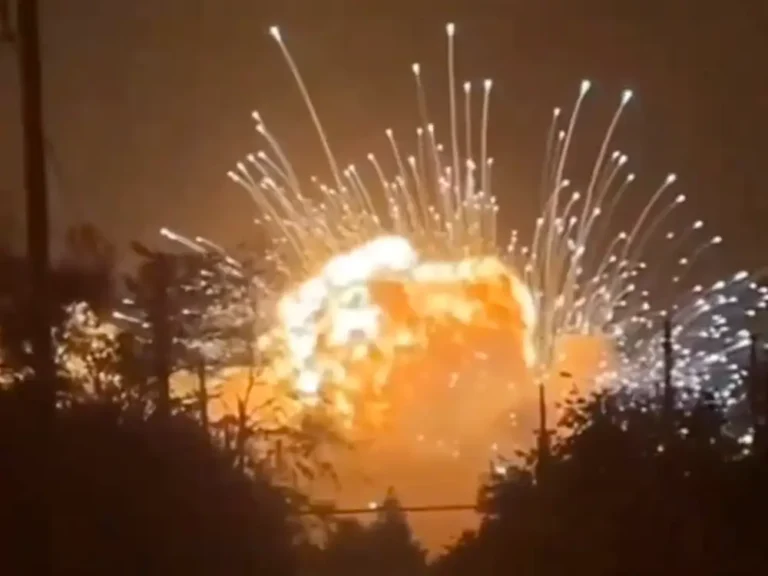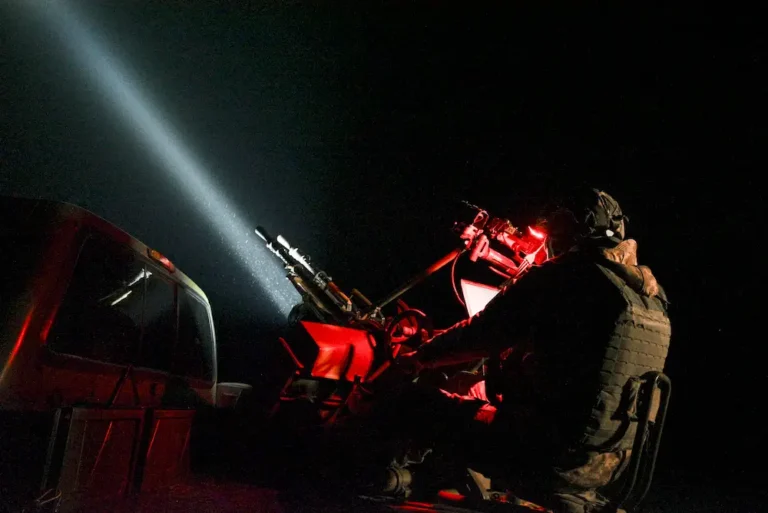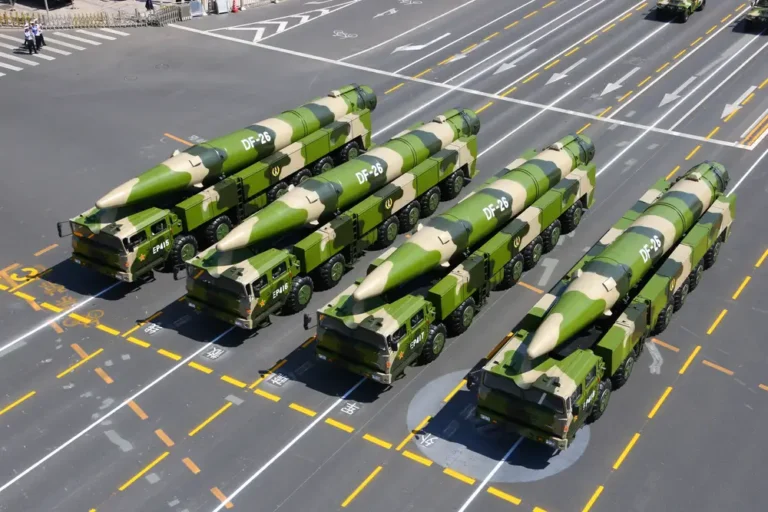Photos show the chaos and devastation left in the wake of Israel’s deadly blitz on Hezbollah’s missiles
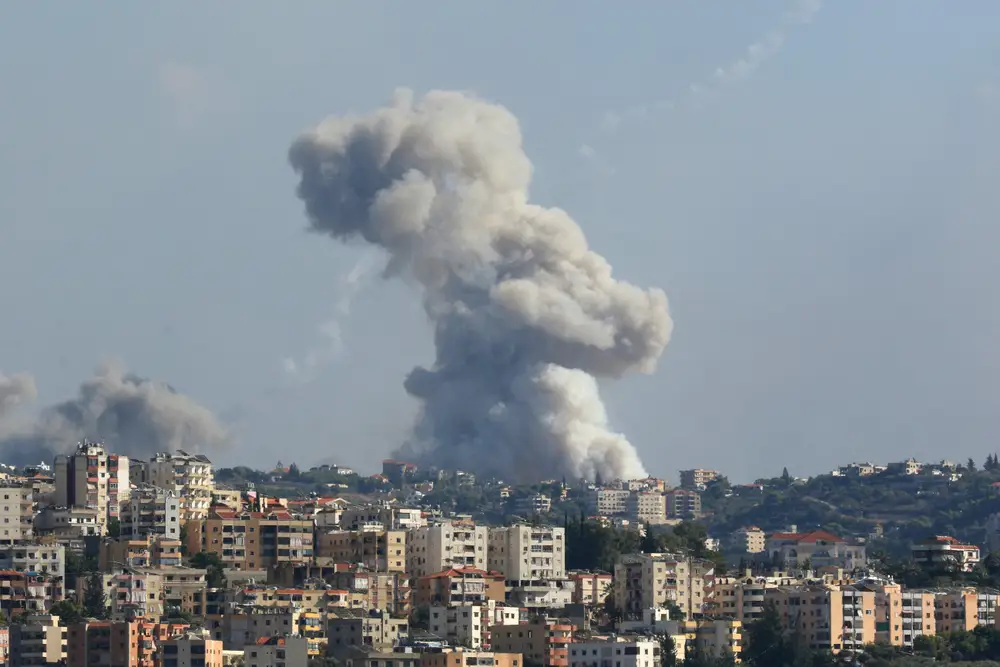
Smoke billows from a site targeted by Israeli shelling in the southern Lebanese village of Zaita.
Plumes of smoke billowed above villages across southern Lebanon as Israeli airstrikes targeted Hezbollah missiles they say are stored in civilian homes.
More than 550 people were killed and another 1,800 injured in Lebanon in the first day of strikes, according to the country’s health ministry, as hostilities between the Israel Defense Forces and the Iran-backed militant group continue to escalate toward a full-scale war. Hezbollah fired rockets into Israel, and the Israeli Air Force continued to strike into Lebanon Tuesday.
Photos show the chaos and devastation left in the wake of Israel’s deadly blitz against Hezbollah.
Escalating threat of war
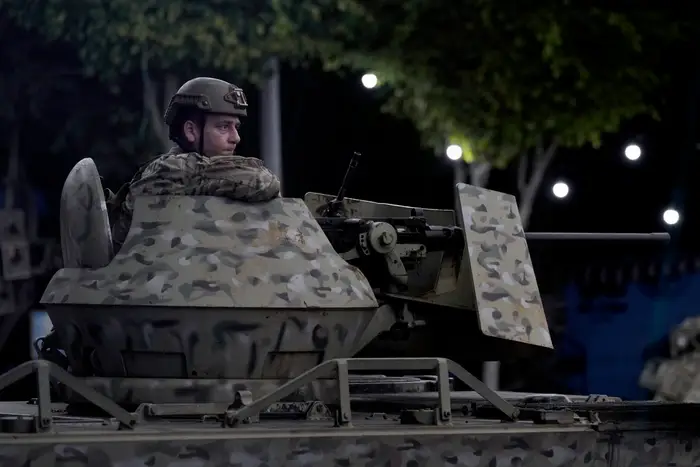
A Lebanese army soldier sits behind a weapon atop an armored personnel carrier in Beirut’s southern suburb.
Hezbollah and Israel have been trading fire across the southern Lebanese border for nearly a year amid the ongoing war in Gaza. The fighting has forced more than 160,000 people out of their homes on both sides of the border and Israeli officials say their objective is to achieve enough security that displaced Israelis can return.
Last Tuesday, Hezbollah pagers and handheld radios mysteriously exploded, killing more than three dozen people — two of whom were children — and injuring about 3,000 with ties to Hezbollah operations.
The militant group accused Israel of the communication-devices-turned-bombs, but Israel denied any involvement. However, US officials told The New York Times that Israel hid explosive material within Taiwanese-made pagers imported into Lebanon, with a switch that could remotely detonate them.
Tit-for-tat attacks

Emergency workers stand under the frame of a wrecked building as excavators clear the rubble caused by an Israeli strike in Beirut’s southern suburbs.
Hezbollah leader Hassan Nasrallah said the militant group “endured a severe and cruel blow” in the wake of the device attacks as Israel continued to launch airstrikes against the militant group in Lebanon, one of which killed top Hezbollah commander Ibrahim Aqeel and 10 other senior officers.
Over the weekend, Hezbollah retaliated for the pager attacks by targeting military facilities located in northern Israel with more than 100 rockets, missiles, and drones.
Israeli Prime Minister Benjamin Netanyahu said the military’s airstrikes on Monday were intended for Hezbollah’s “rockets and missiles are aimed directly at our cities, directly at our citizens.”
“Israel’s war is not with you. It’s with Hezbollah,” Netanyahu added in the statement.
Evacuation warnings

A text message is seen on a mobile phone, warning people in Lebanon to evacuate areas where Hezbollah hides its weapons.
Mere hours before the Israeli airstrikes rained down on southern Lebanon, people received text messages and automated calls from the Israel military warning them to evacuate immediately and leave areas near Hezbollah weapon sites.
It marked the first time the Israeli military issued such warnings to Lebanese residents, an Israeli military official told NBC News.
Israel is obligated to give civilians enough time and warning to flee potential attack sites, as well as an obligation to discern civilian and military targets, Ramzi Kaiss, a researcher at Human Rights Watch, told The New York Times.
International human rights groups criticized the warnings from the Israeli military, pointing out that civilians wouldn’t know where the militant group was keeping its weapons caches.
“Civilians can’t be reasonably expected to know where military objectives are in order to evacuate from those areas,” Kaiss said.
Civilian risk versus military advantage
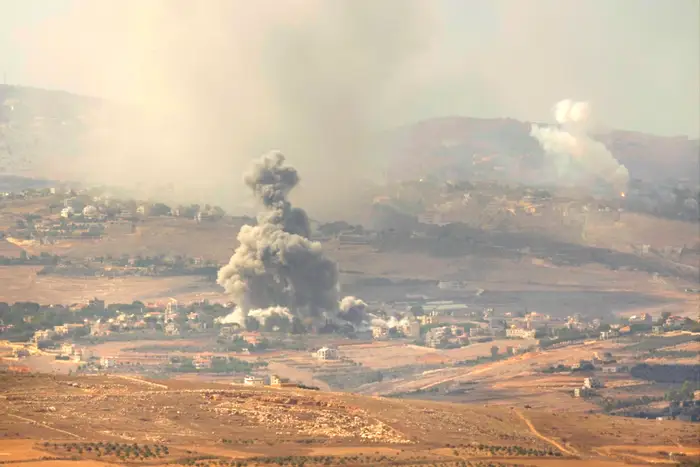
Billowing smoke rises from across the landscape after Israeli airstrikes target villages in Lebanon.
IDF spokesman Rear Adm. Daniel Hagari said during a televised press conference that the airstrikes struck more than 1,300 targets across Lebanon, including sites storing cruise missiles, heavy rockets, medium- and short-range rockets, and drones.
Hagari said the airstrikes largely targeted civilian homes where Hezbollah was storing weapons, showing video of Israel bombs purportedly setting off secondary explosions from a structure in a Lebanese village.
Both Israel and Hezbollah are obligated under humanitarian law not to “co-locate” military assets in civilian areas to ensure “risks to the civilian population from an attack should not outweigh the anticipated military advantage,” The Washington Post reported.
Lebanon’s deadliest day
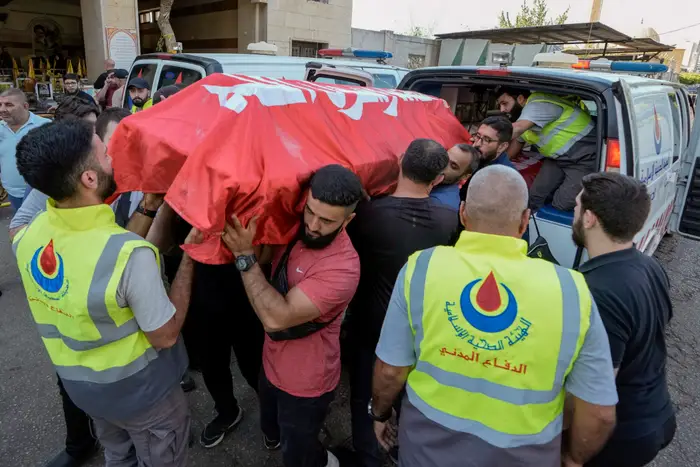
Mourners carry the coffin of a relative killed in the Israeli airstrikes in Beirut’s southern suburb.
Though Israel assured the strikes were aimed at Hezbollah sites, at least 558 people were killed, the highest daily death toll in Lebanon since 2006.
While the figures did not differentiate between Hezbollah combatants and civilians among those who were killed, Lebanese Health Minister Firass Abaid said a large number of them were unarmed people, including women and children.
“The overwhelming majority of those who fell during the attacks that happened yesterday, they were safe and unarmed people in their homes,” Abaid said during a Tuesday press conference.
The minister added that the airstrikes also hit hospitals, medical centers, and ambulances in addition to the residential suburbs outside Beirut.
IDF chief Lt. Gen Herzi Halevi said the airstrikes were “proactive,” attempting to diminish the weapons cache and infrastructure that Hezbollah has built over the last two decades.
“We are not looking for wars. We are looking to take down the threats,” Hagari said. “We will do whatever is necessary to do to achieve this mission.”
Confusion and chaos
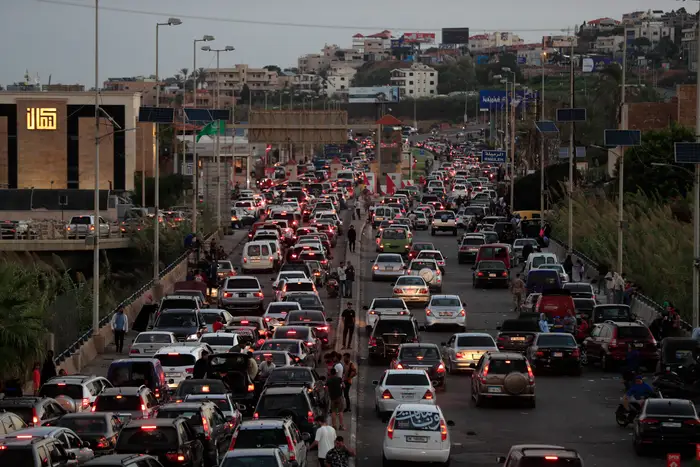
People sit in their cars and stand on the highway as they flee the southern villages of Lebanon amid Israeli airstrikes.
Chaos and confusion ensued as Lebanese people attempted to heed the airstrike warnings from the Israeli military.
Mohanad Hage Ali, a fellow at the Carnegie Middle East Center, told The Times that Israel was employing a “Gaza-like approach” in its airstrikes Monday, recalling the successive evacuation orders Israeli forces issued since October 2023 to move displaced Palestinians to safer areas ahead of its retaliatory air and ground strikes against Hamas.
However, the Israeli military later attacked the areas it deemed safe, claiming it was targeting Palestinian militant operations.
Fleeing the Israel-Lebanon border

Children rest on black sleeping mats in a classroom in a school being used as an evacuation shelter for people fleeing Israeli attacks in Beirut.
Thousands of people fled from their homes in southern Lebanon, crowding streets and highways in cars packed with their belongings ahead of the airstrikes.
Institutes like schools and museums were turned into makeshift evacuation shelters as volunteers race to gather medicine, food, water, and other essential supplies as they brace for an influx of people displaced by the cross-border fire.
“As the escalation of hostilities in south Lebanon drags on longer than we had hoped, it has led to further displacement and deepened the already critical needs,” Imran Riza, the UN coordinator for Lebanon, said in a statement.
More than 100,000 Lebanese and 60,000 Israelis have fled their homes along the countries’ borders as Israeli forces and Hezbollah continue to engage in tit-for-tat attacks.

